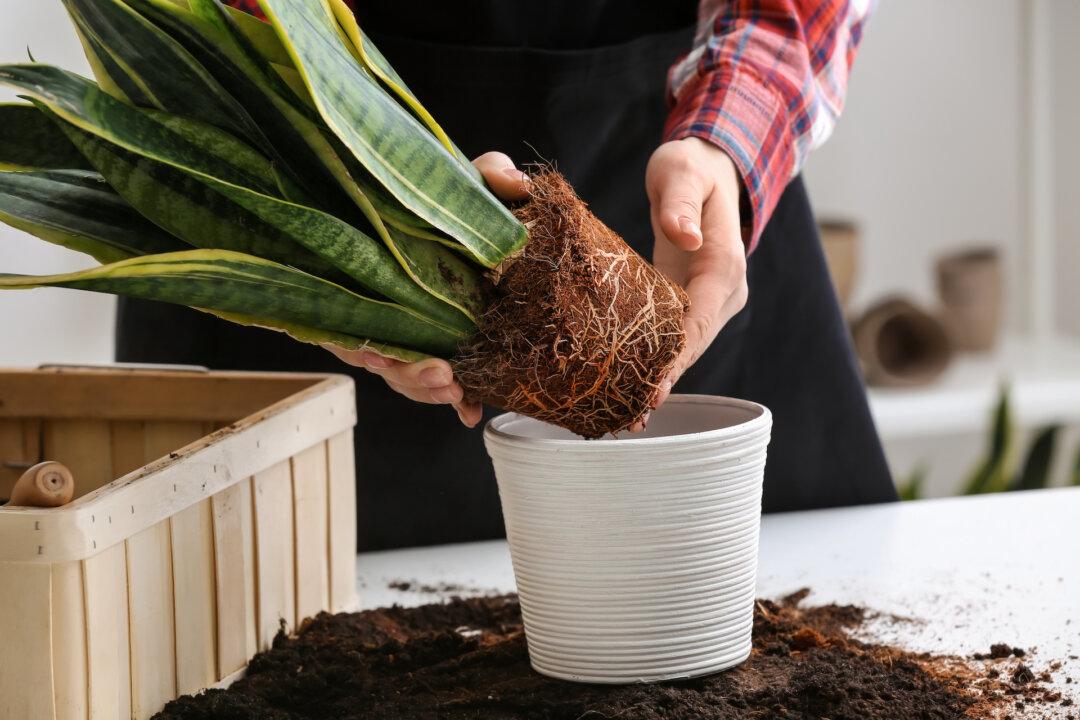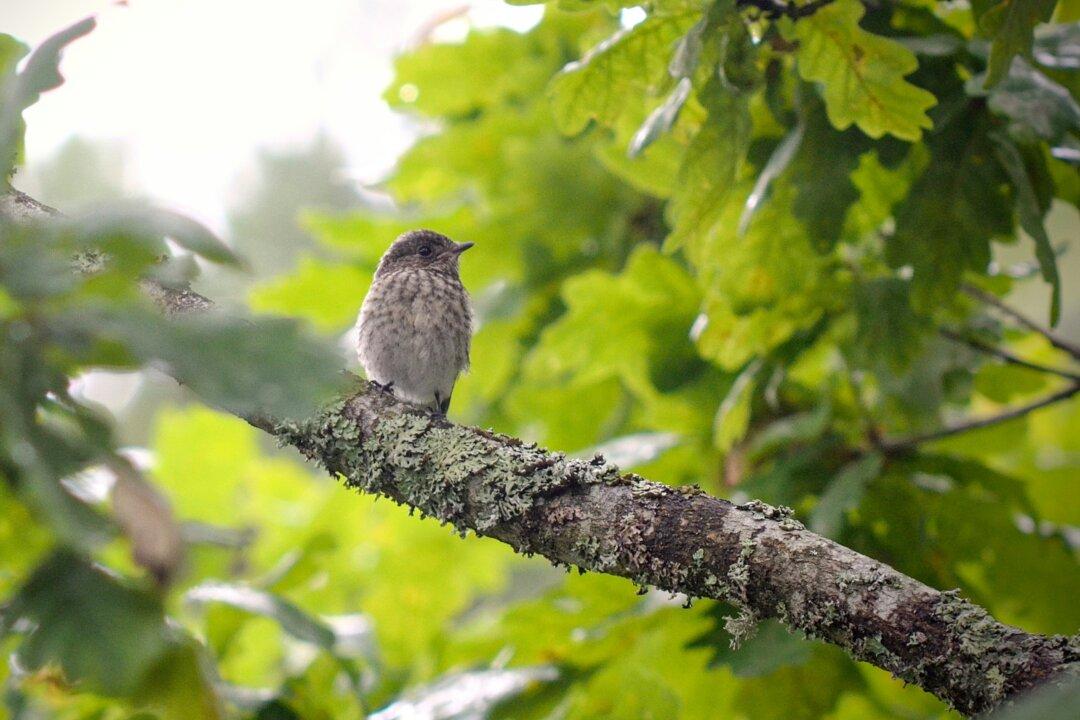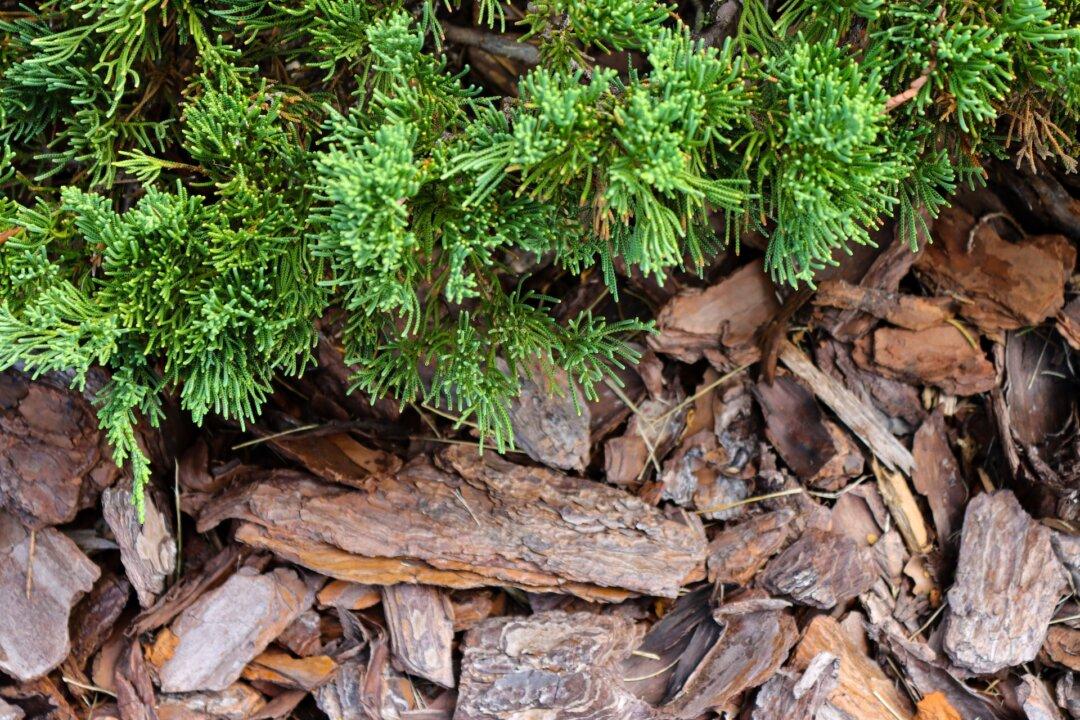Q: We moved into this house two years ago. We were told there was a 3-year-old apple tree in the backyard. Last year, there was no fruit, but this year, the tree has thousands of small apples. First, is this normal? One year of no fruit and the next with too much? Second, will the tree drop a lot of apples prematurely, or do we need to prune them out?
A: The tree may have been too young to have fruit last year, but it should have fruit from now on. Apples, pears, peaches, and other trees will sometimes develop what is called alternate bearing or biennial bearing. It is easy to understand but hard to fix.





